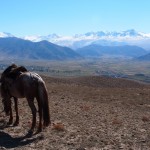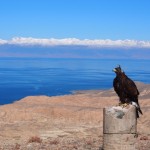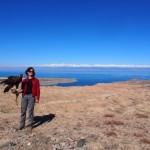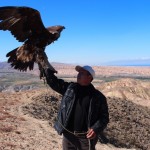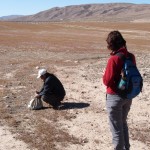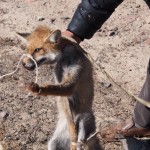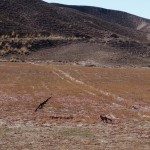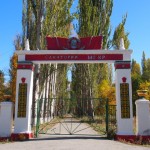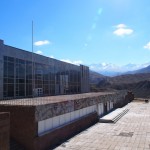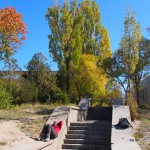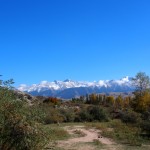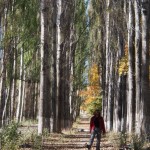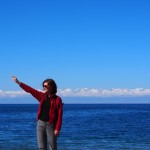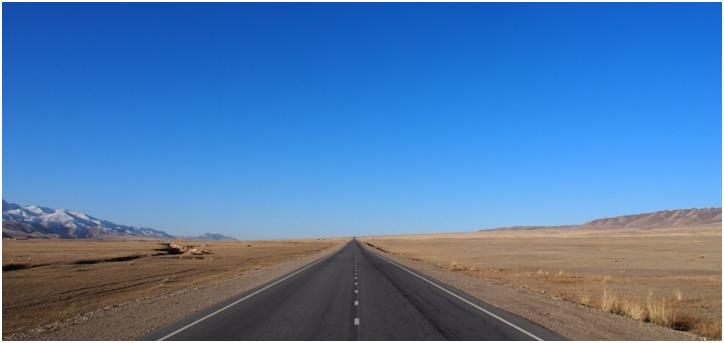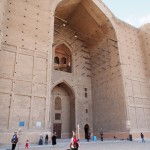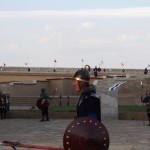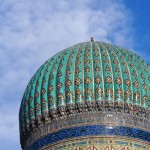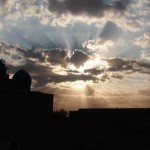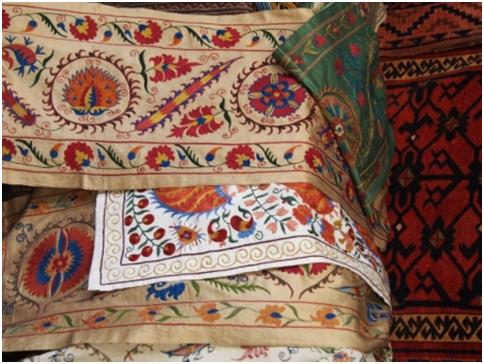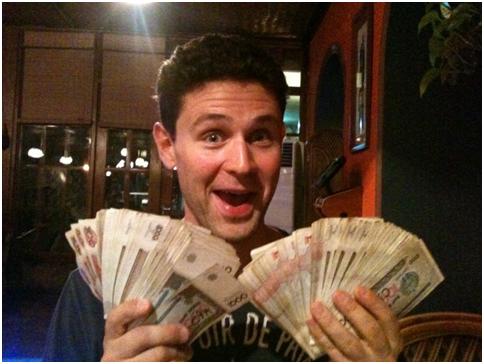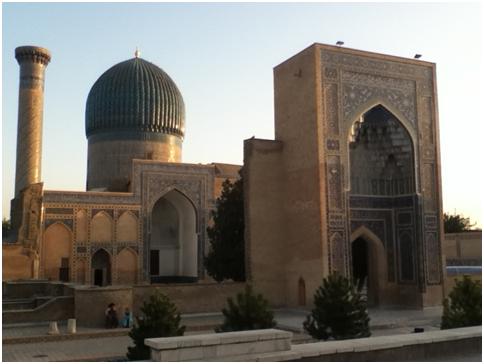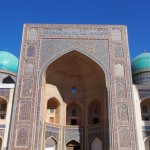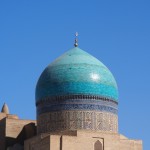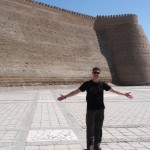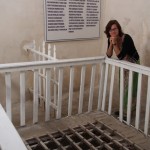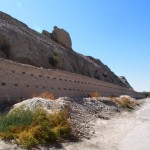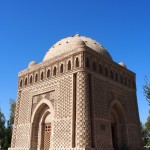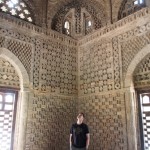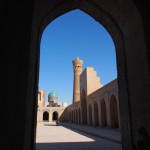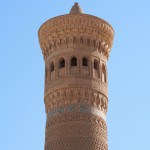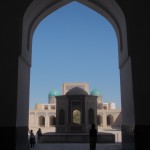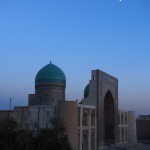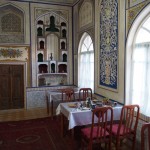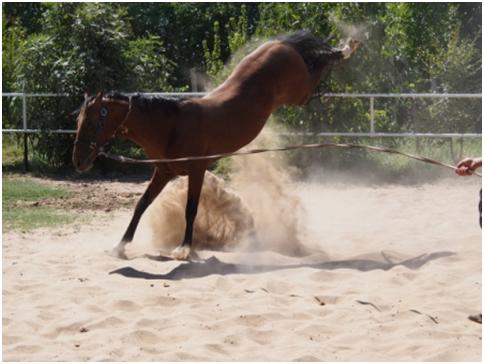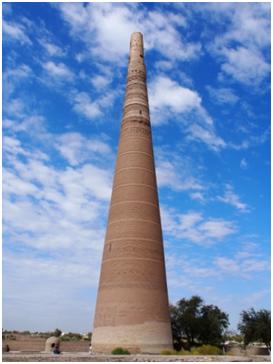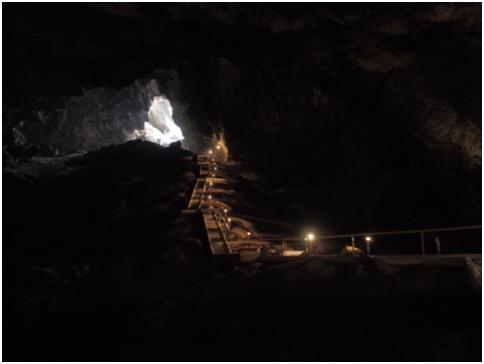Lucy and I have many “rules” when travelling. There is the “you are never too old to moo at cows” rule, put into devastating and much-admired effect at the various livestock markets we have visited along the Silk Road, and extended with panache to sightings of camels, donkeys, horses, fat-bottomed sheep and various other animals (birds of paradise, anyone?). Another animal-related rule that we created relatively early on in the trip was the Eagle Rule, ergo: any bird of prey sighted out of any moving vehicle anywhere in the world is definitely an eagle. This elegantly dispenses with the boring kestrel / hawk / falcon discussions, and makes any long journey instantly more epic – I mean, you just saw a real life eagle, how excellent is that? (incidentally, the only place where this breaks down is the Colca Canyon in Peru, which is ram packed full of authentic Andean condors).
Having spent the trip happily sighting eagle after eagle all the way across the USA, South America etc. we came to Kyrgyzstan, where they excel at the traditional sport of … eagle hunting. And so Lucy and I found ourselves on horseback under a beautiful clear blue sky walk-trotting up into the eye-bendingly scenic hills around Lake Issyk-Kol in the company of our man Cadr and his pet hunting eagle. And that was when our previously much-loved rule came tumbling down, for when you see a real life eagle up close, you realize how absolutely HUGE these things are. No mice and voles for this puppy – full-sized eagles attack wolves, sheep and other really not very small animals. And we were off hunting.
We didn’t expect to find very much, to be honest. It was still autumn (hence very early in the season) and the animals that eagles typically hunt were still up in the mountains near the snowline. No matter – Cadr had presciently brought along a poor little bunny in a bag to be let loose for the eagle to catch if we couldn’t find any truly wild game. And after an extraordinary ride up in the hills (see photos below) we came down to a convenient hunting ground and Cadr let the bunny out of the bag.
Only it wasn’t a bunny. It was a fox. And it was pissed. And it went for him.
Now, a short animal rights pause here. None of these Kyrgyz guys are going to win any animal rights prizes. The eagles were looked after very well, but this was hunting – things were likely to get hurt and killed. We are not ardent pro or antis, but we do eat meat and wear leather and we do follow this logical thread through to the fact that cute fluffy animals are going to get killed at some point to allow this to happen. And we are in Kyrgyzstan for the only time in our lives, and we were damned if we weren’t going to see a traditional hunting method using eagles, and if we support this hunting method by our presence and our tourist dollars we can get comfortable with that.
I can also get broadly comfortable with the fox attacking me (which it subsequently did). What I was unable to get comfortable with was the fox attacking Lucy. Now, we were taught on a previous trip (to Guatemala, by a Hemingway-esque character called Jim, who applied Neitzchean philosophy to his daily interactions (and that is actually pretty weird when you see it up close)) that if a strange dog or similar attacks you, the thing to do is act natural. And by natural, I mean bare your teeth, shout and attack it back. Dogs are smart, social animals and you are much bigger than they are. A vicious-seeming dog will quite quickly become much less so as soon as it realizes that you are the alpha animal. Fantastic Mr Fox, therefore, decided to stop trying to bite my fiancée after a short conversation with one of my hiking boots, and I can get comfortable with that too.
So, the fox stalked off into the desert. The eagle flew down and sat on him. The man fed the eagle. The fox went back in the bag. The horses ate some grass. And we went home to dinner.
- Mr Horse eats some grass, completely oblivious to the extraordinary view
- Mr Eagle also oblivious to the view, although this time because he has his hunting hat on which conveniently covers his eyes
- Lucy at perhaps her most epic
- “Please take the photo quickly – this thing is bloody heavy and my arm is about to fall off”
- It’s a Kestrel, no it’s a falcon, no it’s a goshawk, no its a …
- Cadr and his pride and joy. Just another day in the office
- Lucy waits expectantly for Mr Bunny to come out of the bag
- And is very surprised to see Mr Fox instead. As you can see, Mr Fox is pretty pissed right now
- Mr Eagle swoops in for the kill
- Which sounds so much better than “Mr Eagle swoops in for the sit-on-Mr-Fox-until-his-owner-turns-up”
- Mr Eagle strikes his best photo pose. Say “bunnieees”
- Extreme close up of Mr Eagle’s eye, in which you can see the party reflected. ARTISTIQUE OVERLOAD!

